Agency Bloomberg published a report in which it mentions the arrival of the next generation iPad Pro as early as next year. Although he does not provide details about the display, i.e. especially whether the mini LED will also make it to the 11" model, he mentions other and rather controversial news. Its sources revealed that support for wireless charging could come to iPads, directly through MagSafe technology.
Classic wireless chargers are relatively small plates, the diameter of which usually does not exceed the size of a regular phone. He just lays on them and charging starts immediately. They usually don't even have to be exactly centered, although this can affect the charging speed. But can you imagine placing an iPad on a wireless charger? Maybe so, maybe you're trying right now. But this brings with it several problems.
It could be interest you
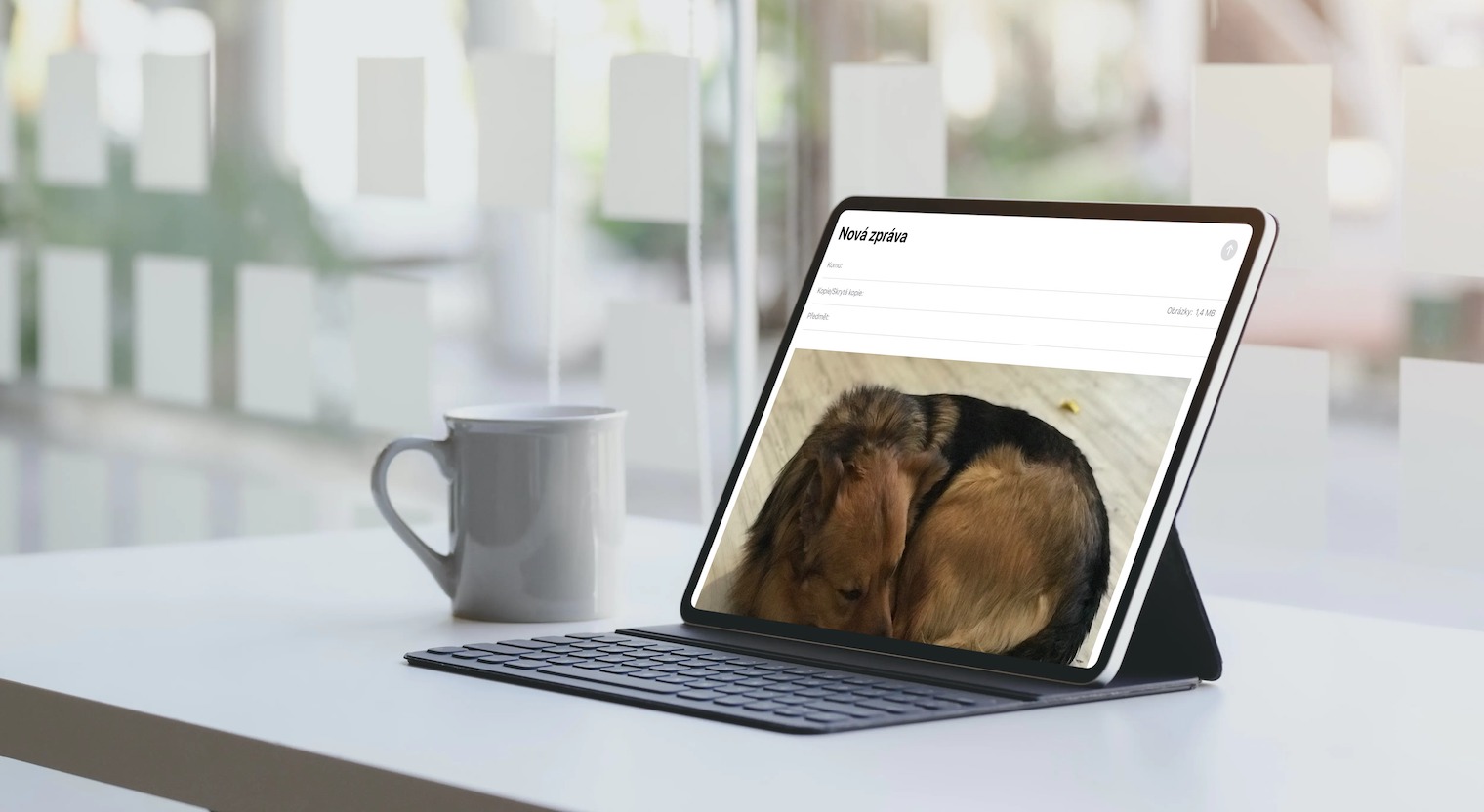
More trouble than good
The most important thing is where the wireless charging coil should be located in the iPad. Of course in the middle of it, you think. But when you pick up a flatbread like the iPad, you completely hide the charging pad underneath, making it virtually impossible to get accurate centering. For this reason, losses and longer charging times could occur. The second thing is that the iPad can slip off the charger more easily and it can stop charging completely. For Apple to add coils all over the back of the tablet is unrealistic and unnecessary.
So instead, it could go the route of MagSafe technology, which it already offered in the iPhone 12 and which is quite popular. With the help of magnets, the charger would automatically stand up, and what's more, it wouldn't even have to be in the center of the tablet. The benefit is clear - while connecting an external monitor or any other peripherals (card reader, etc.), you could still charge your iPad. It's clear that such charging wouldn't reach USB-C speed figures if it resulted in at least keeping the battery healthy while the iPad was running, but it would still be a step forward. But there is one important but.
When Apple added wireless charging to its iPhones, it switched from aluminum backs to glass backs. Since the iPhone 8, i.e. the iPhone X, the back of every iPhone is made of glass so that energy can flow through them to the battery. This, of course, regardless of Qi or MagSafe technology. The advantage of MagSafe is that it attaches more precisely to the device and thus does not cause such losses, i.e. faster charging. Of course, even this cannot compare to the speed of wired charging.
It could be interest you

Glass instead of aluminum. But where?
To support wireless charging, the iPad would have to have a glass back. Either completely, or at least in part, for example, like the one with the iPhone 5, which had glass strips on its upper and lower sides (even if it was only for the purpose of shielding the antennas). However, this would probably not look very nice on a screen as large as the iPad.
It is true that the iPad is not as susceptible to hardware damage as iPhones. It's bigger, easier to hold, and definitely won't fall out of your pocket or purse by accident. Even so, I know of cases where someone dropped their iPad, which left unsightly dents on their back. However, it remained fully functional and it was only a visual defect. In the case of glass backs, it goes without saying that even if the so-called "Ceramic Shield" glass, which is also included in the iPhone 12, is present, it will significantly increase not only the purchase price of the iPad, but also its eventual repair.
If we are talking about replacing the back glass on iPhones, then in the case of the generation of basic models it is around 4 thousand, in the case of Max models 4 and a half thousand. In the case of the new iPhone 12 Pro Max, you will already reach the amount of 7 and a half thousand. In contrast to the flat back of the iPad, however, those of the iPhone are of course somewhere completely different. So how much would an iPad glass repair cost?
It could be interest you
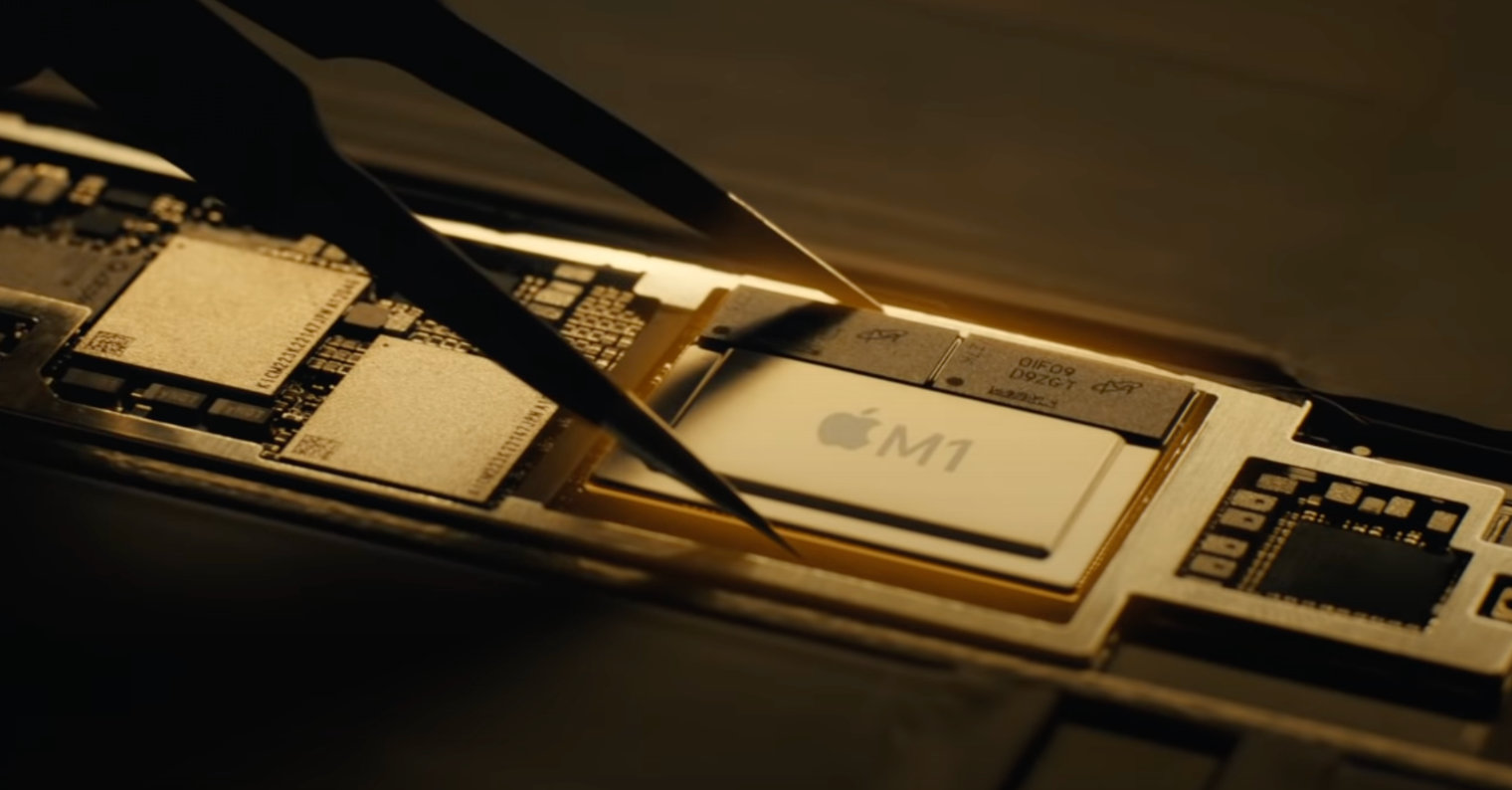
Reverse charging
However, wireless charging could make more sense in the iPad in that it would bring reverse charging. Placing, for example, an iPhone, Apple Watch or AirPods on the back of the tablet would mean that the tablet would start charging them. This is nothing new, as this is quite common in the world of Android phones. We would like it more from the iPhone 13, but why not use it in iPads as well, if the option was available.

On the other hand, wouldn't it be better for users if only Apple equipped its iPad Pro with two USB-C connectors? If you are a supporter of this solution, I will probably disappoint you. Analyst Mark Gurman is behind the Bloomberg report, who, according to the website, is AppleTrack.com 88,7% successful in their claims. but there is still the 11,3% chance that everything will be different.
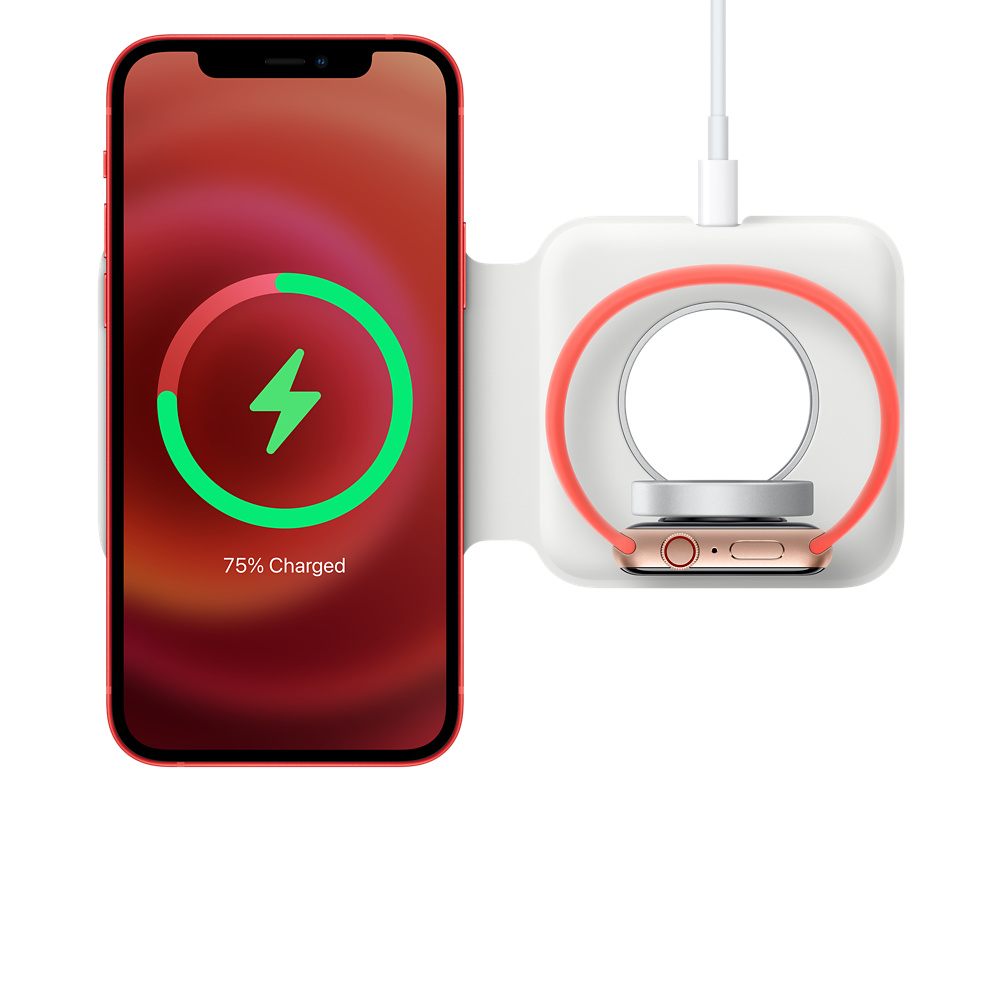

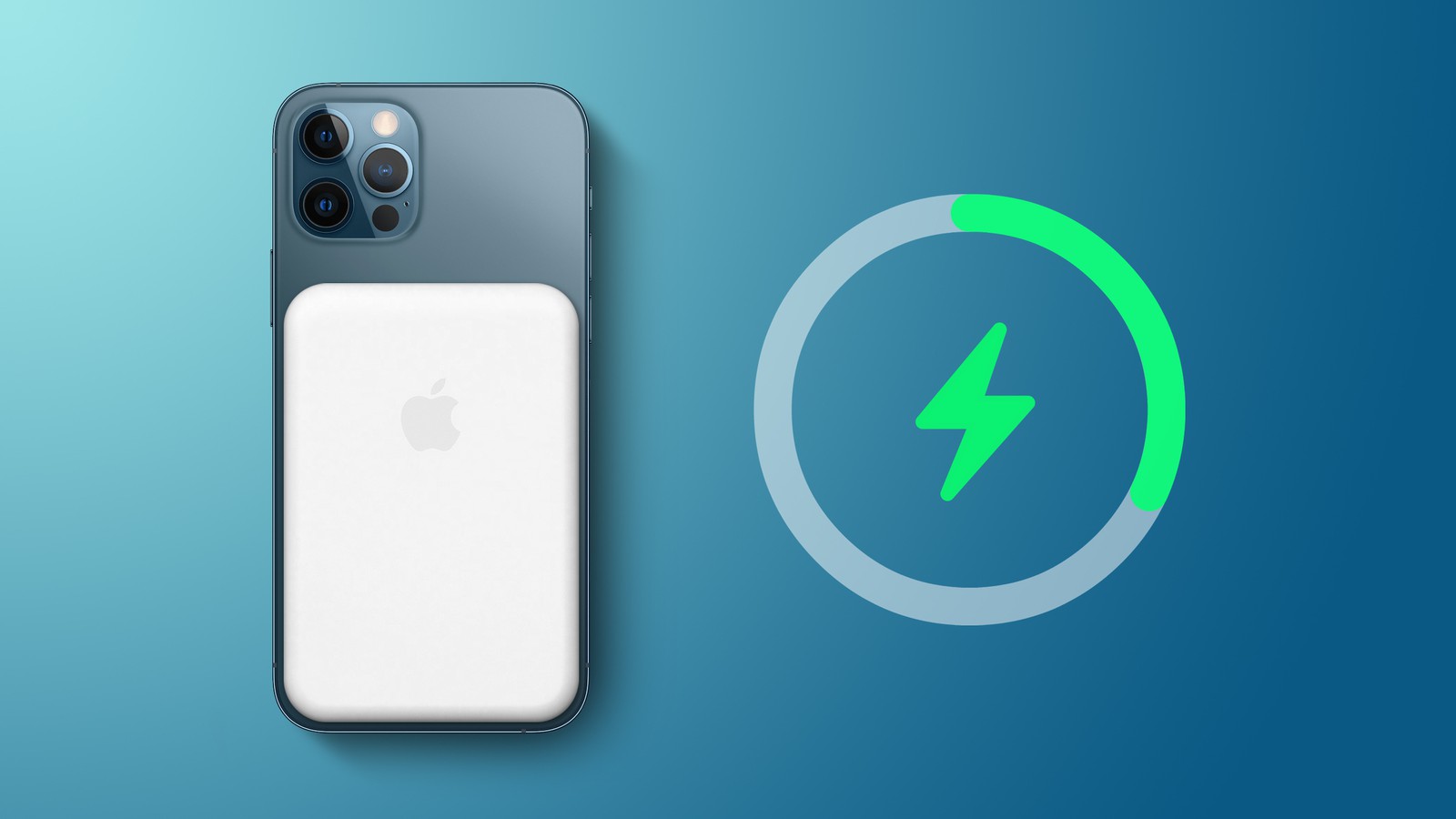
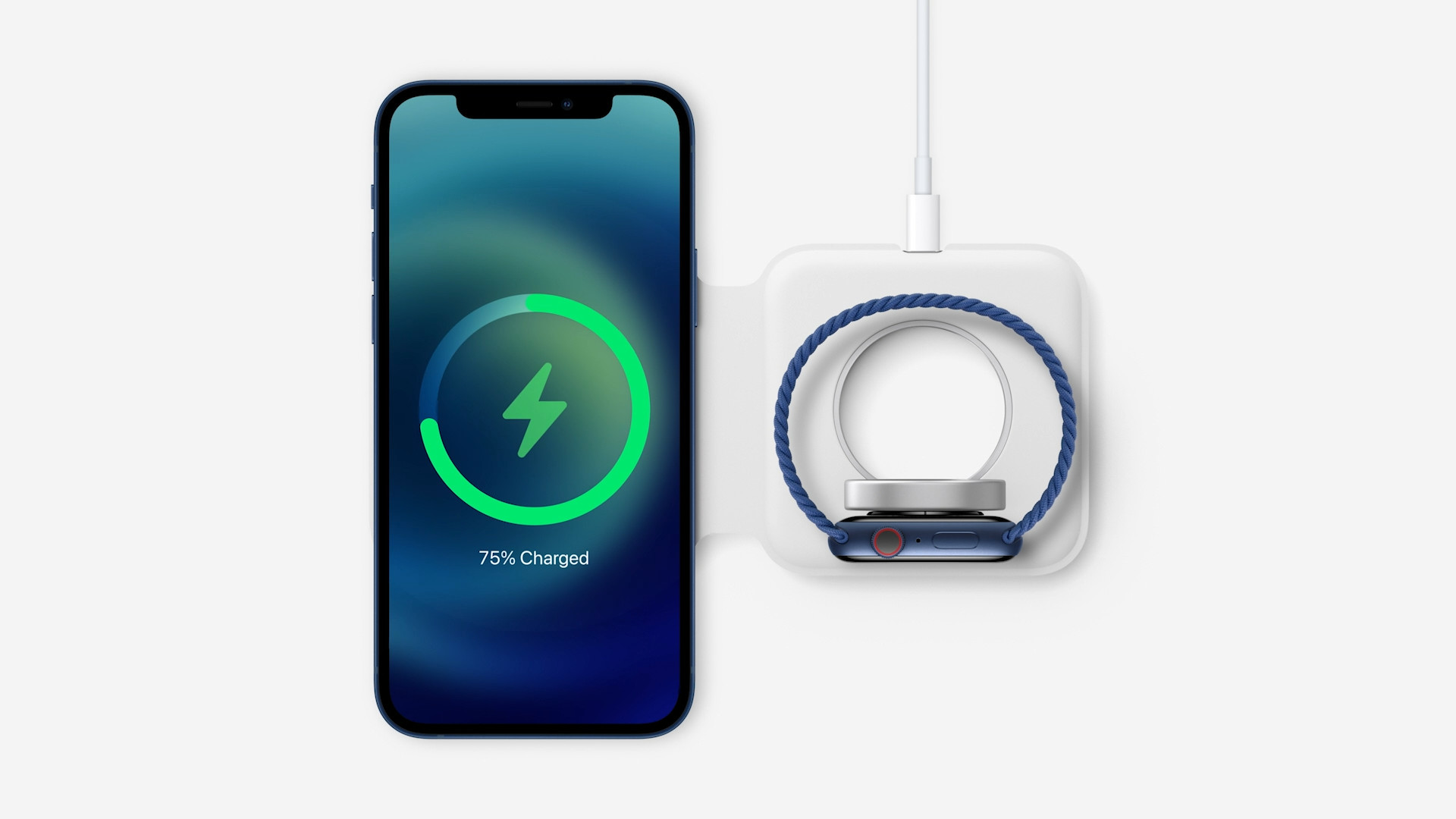

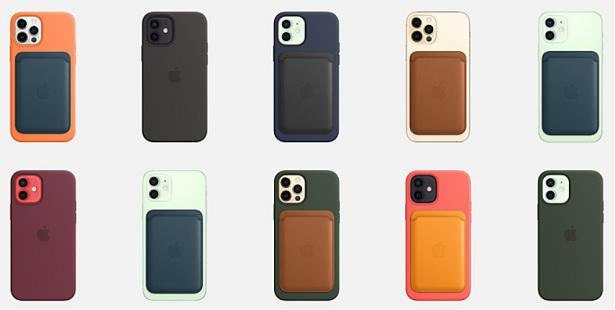

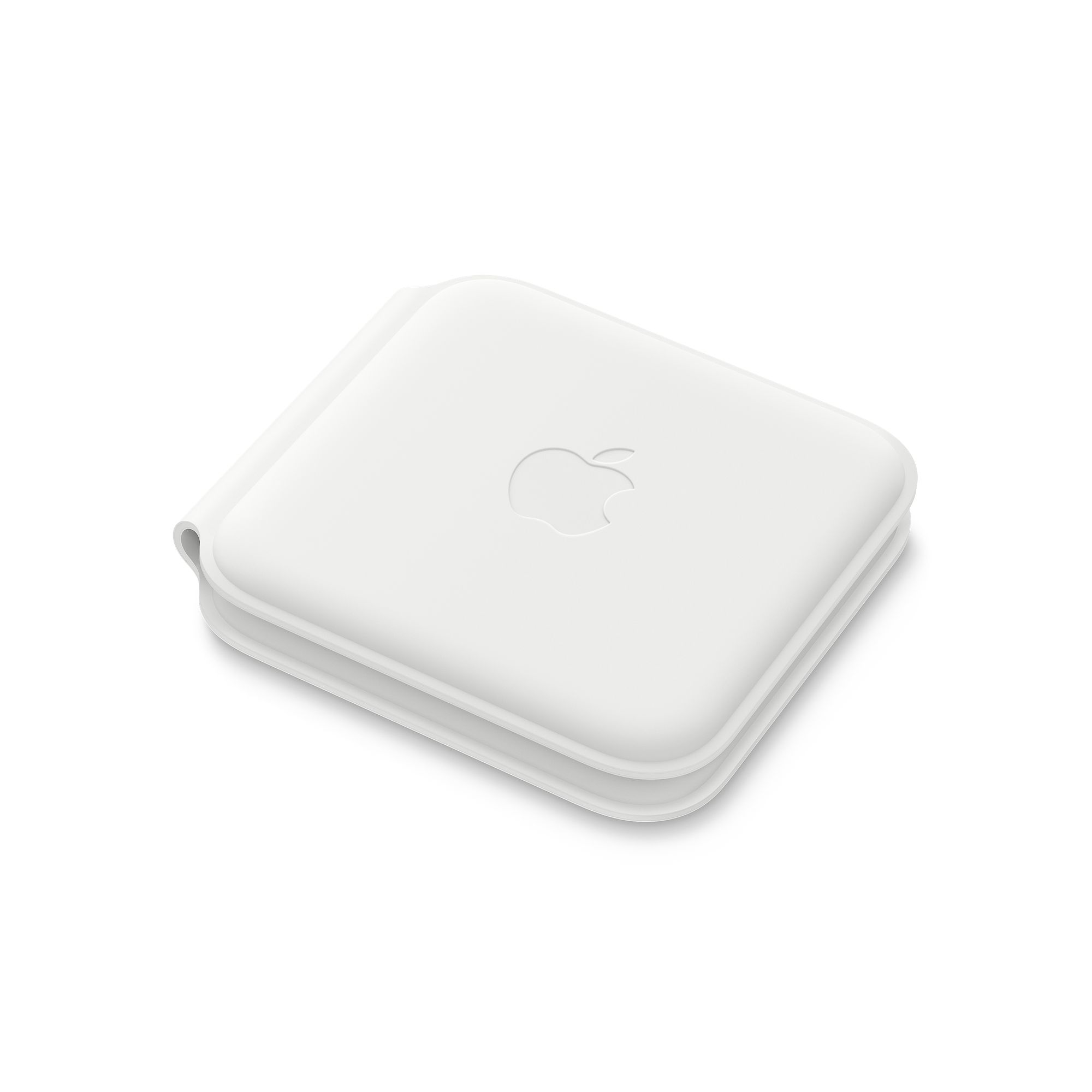
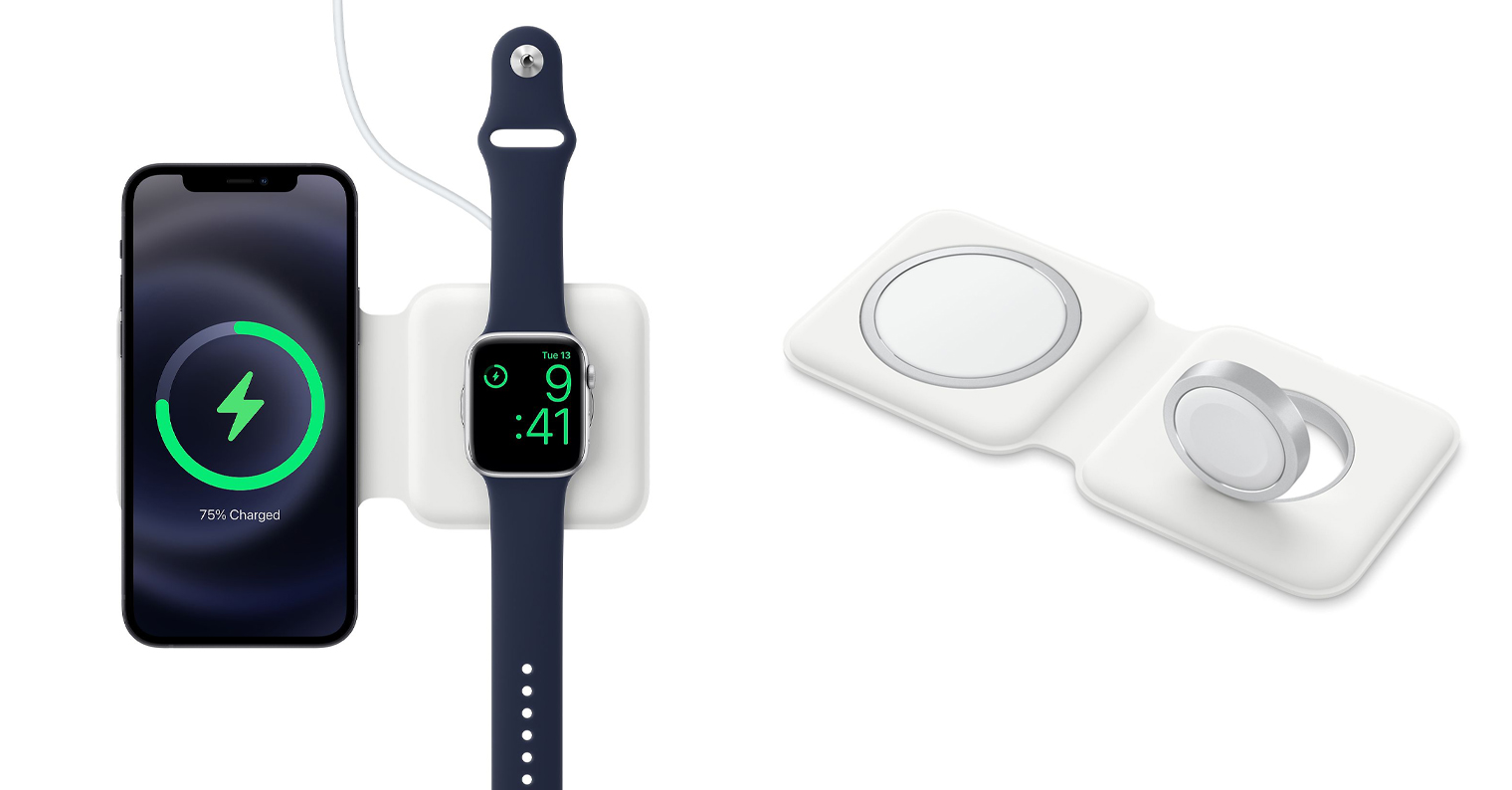
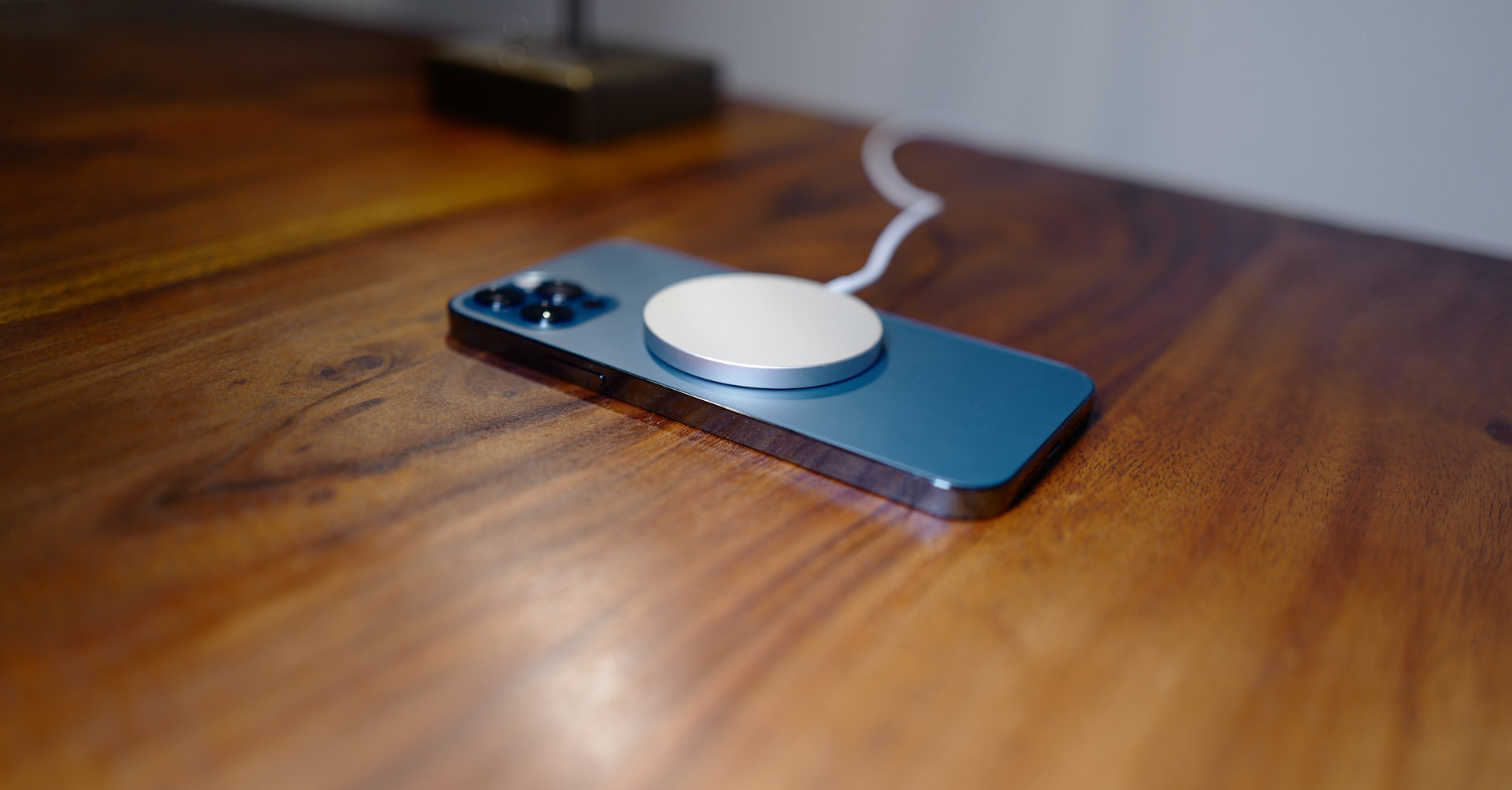
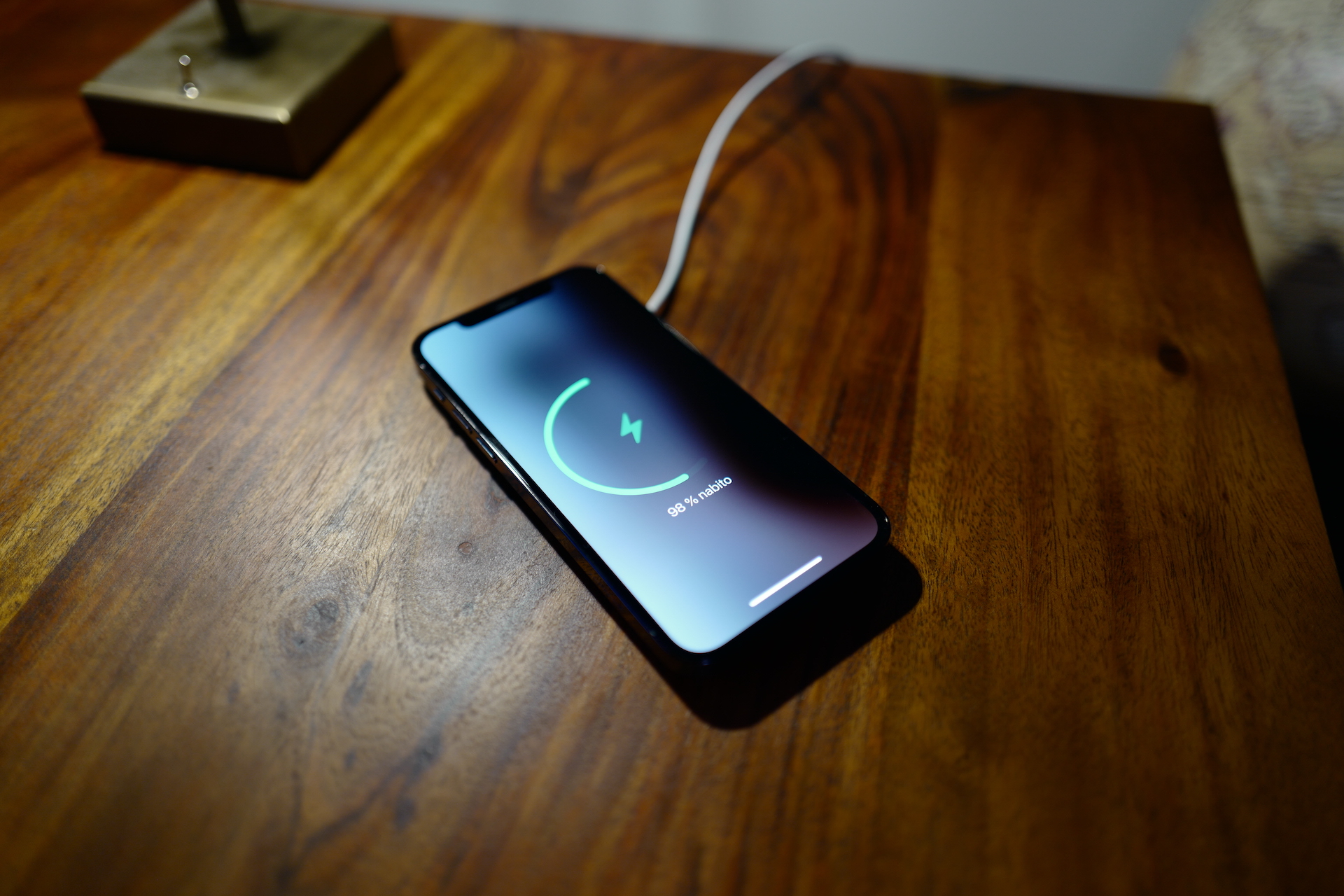
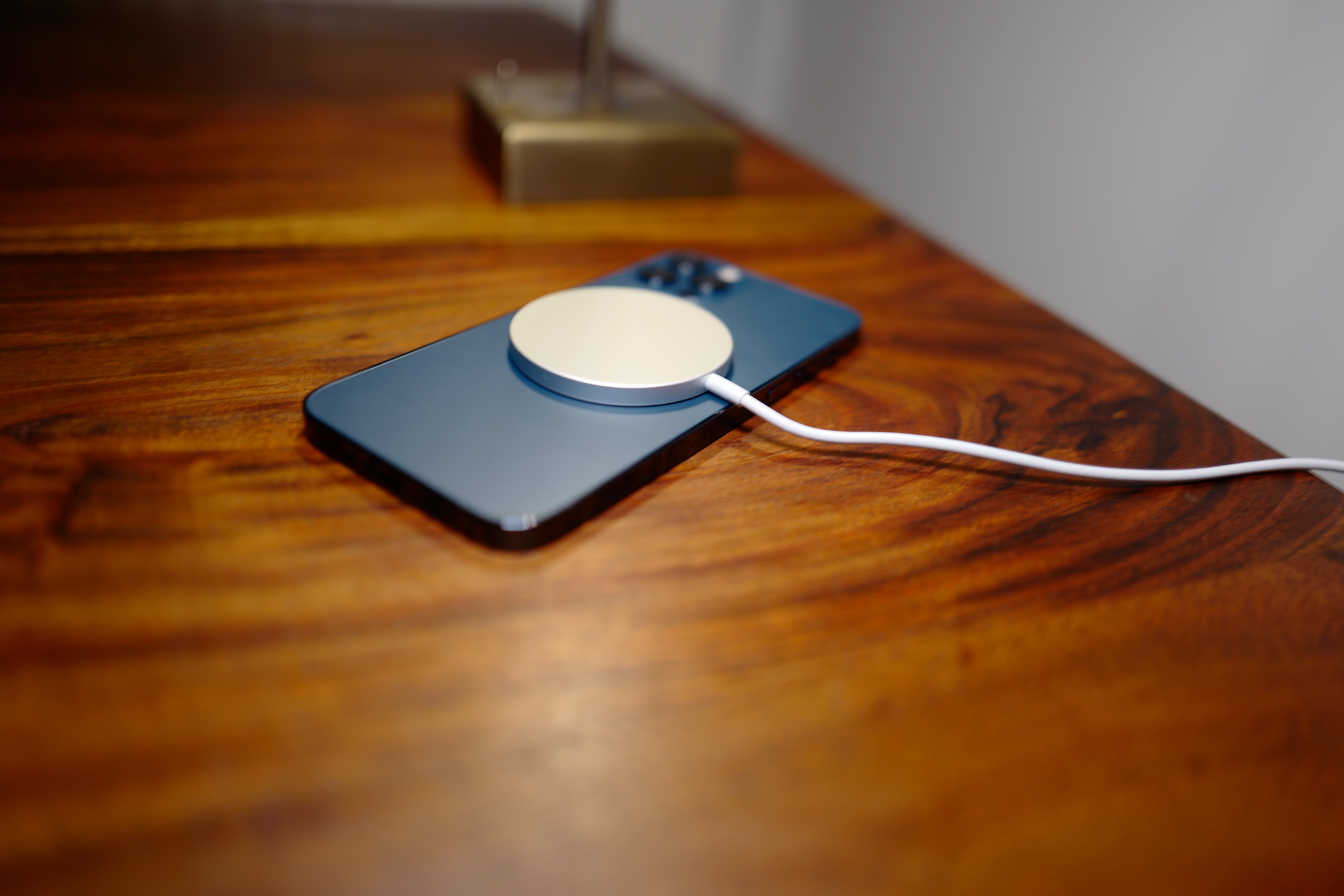
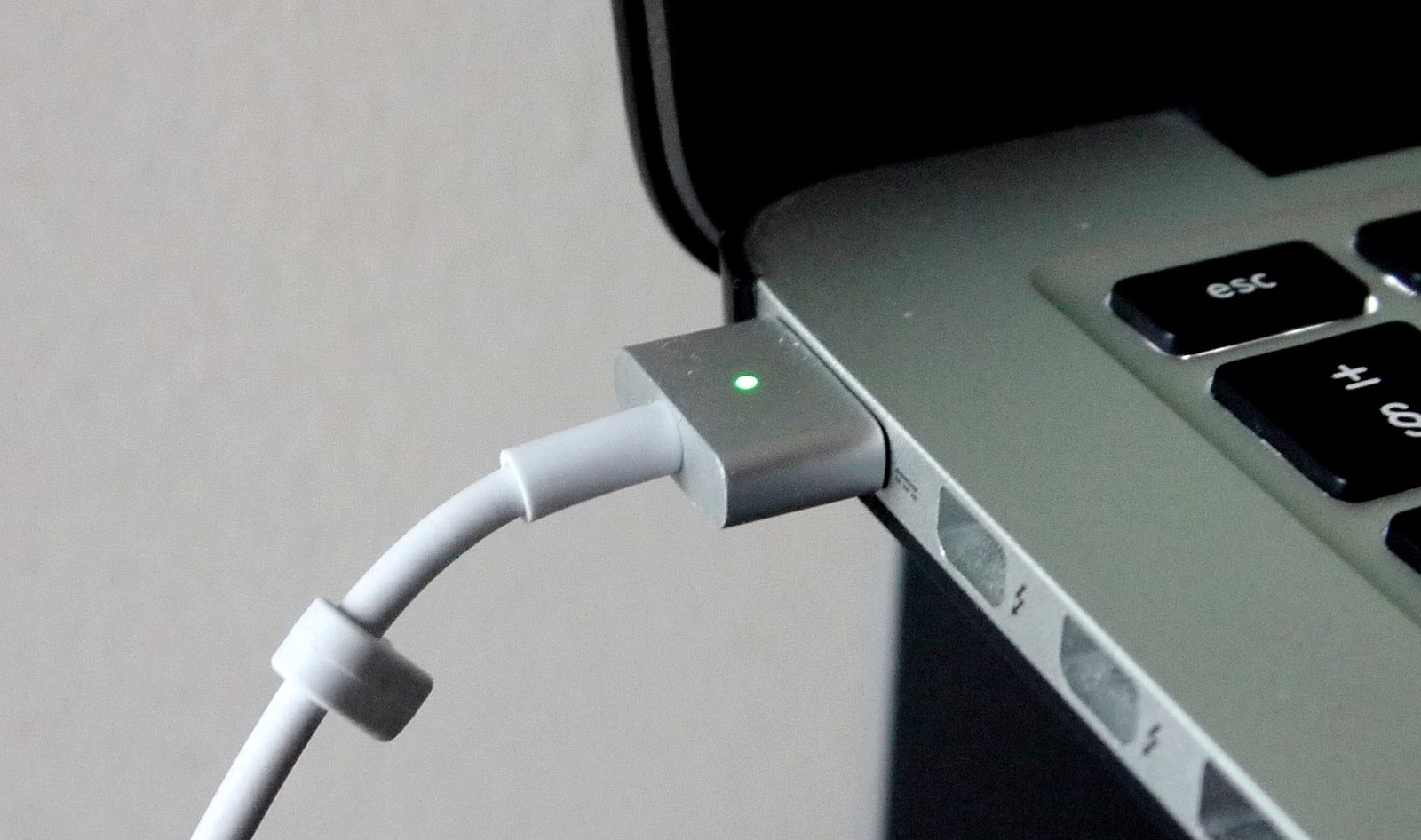


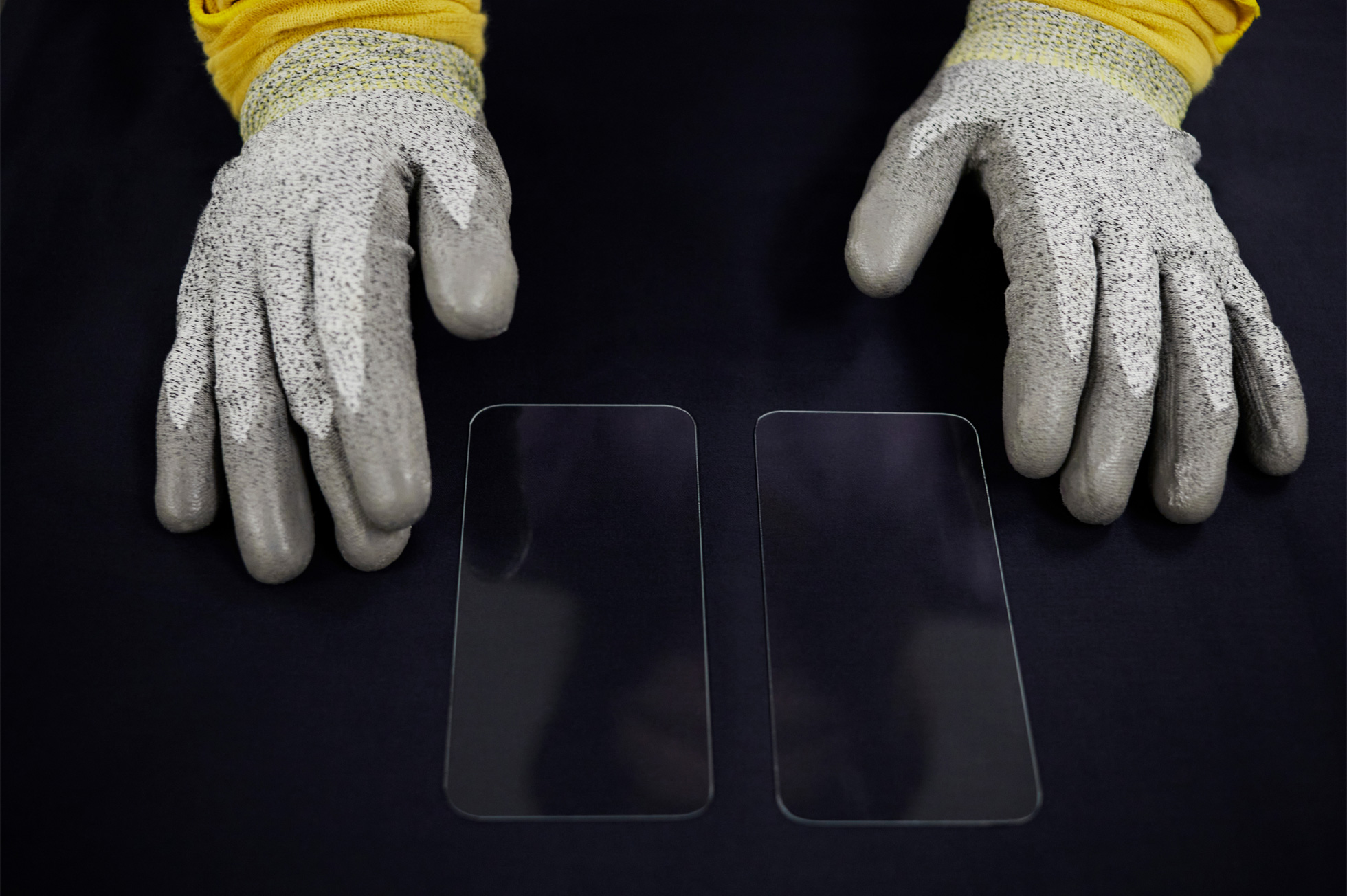
So mainly, the weight would increase a lot with that glass.